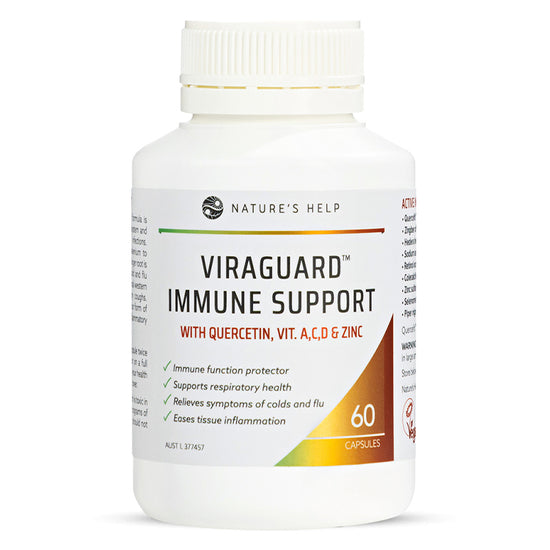It is generally accepted that when training, exercising and competing the body is depleted of essential minerals and nutrients. Every part of the body is pushed to achieve optimum performance, with all kinds of chemical reactions occurring in the body. Following that exercise, adequate muscle recovery is required. Whether it be resting between exercises or supplying the muscles with the correct nutrients, athletes know that magnesium oil will assist a speedier recovery.
Most athletes experience muscle weakness, cramping, anxiety, poor circulation and neck and shoulder pain.
The muscles can be cramped and contracted after intense exercise and competitions, probably causing pain and discomfort. Research shows that magnesium contributes to flexibility and helps prevent injury by loosening tight muscles. Straining a muscle can make it spasm or tighten, plus make it feel very sore.
Magnesium oil can be sprayed or rubbed into the skin and when applied it absorbs immediately, bringing pain relief and muscle relaxation. Shown to provide relaxation and also improve sleep, magnesium oil can be used as a spray, which soaks into the skin without leaving a residue. Magnesium is also known to improve joint mobility and repair and have positive effects on the nervous system. By applying the oil to the skin, it allows the magnesium to enter the bloodstream faster and increases the amount of magnesium in the body tissues; remembering that the skin is actually the body’s largest organ for absorption.
Lightly massage the oil post-workout or before going to bed. An itchy sensation (that does diminish) indicates a magnesium deficiency, but the more often you apply the oil this sensation should decrease.
There are three types of magnesium associated with muscle recovery. There are other magnesium types that provide different benefits, but these three are the most relevant.
- Magnesium sulphate. Studies show that ingestion can even halt the body’s natural shivering response. It has good absorption, hence bathing in Epsom Salts is popular.
- Magnesium chloride. The most common type of magnesium for leg cramps, it is extracted from salt water or from rock. A 2008 study discovered that MC relaxes rock oysters.
- Magnesium citrate. This is the easiest to digest and usually taken orally.
Typically, the body contains 20-30gms of magnesium, mostly found in the skeleton and muscles. Magnesium is an essential body nutrient responsible for over three hundred biochemical reactions. A molecule responsible for converting chemical energy is adenosine triphosphate (ATP). ATP production is dependent on magnesium. Magnesium adjusts calcium at the cell membrane, allowing muscle contraction and relaxation.
Many food sources contain magnesium, but studies show that people are not achieving the recommended daily intake of 350mg. Magnesium is often referred to as the forgotten electrolyte. Too much magnesium can also have negative effects with an increased risk of feeling sick, diarrhoea and cramping.
Luckily the kidneys are excellent at controlling magnesium levels, by determining the quantity of magnesium released in the urine. Low levels of magnesium can create a build-up of lactic acid in the body, causing muscle burning, cramps or exhaustion. It is the muscles recovering from the lack of oxygen in the bloodstream because magnesium is required to help replenish red blood cells. The body needs about 15% more magnesium when exercising than when resting.










